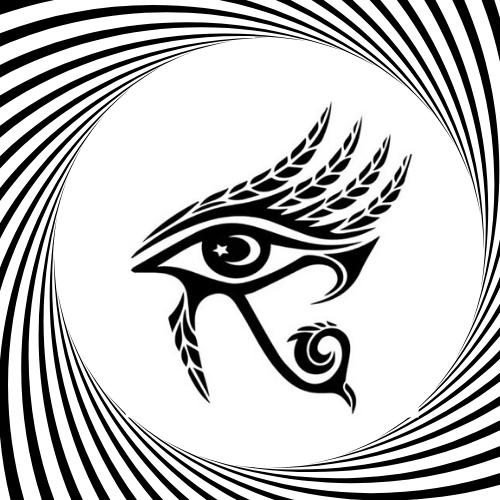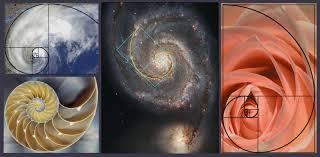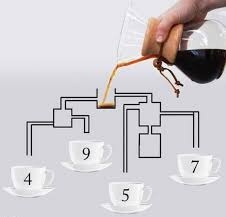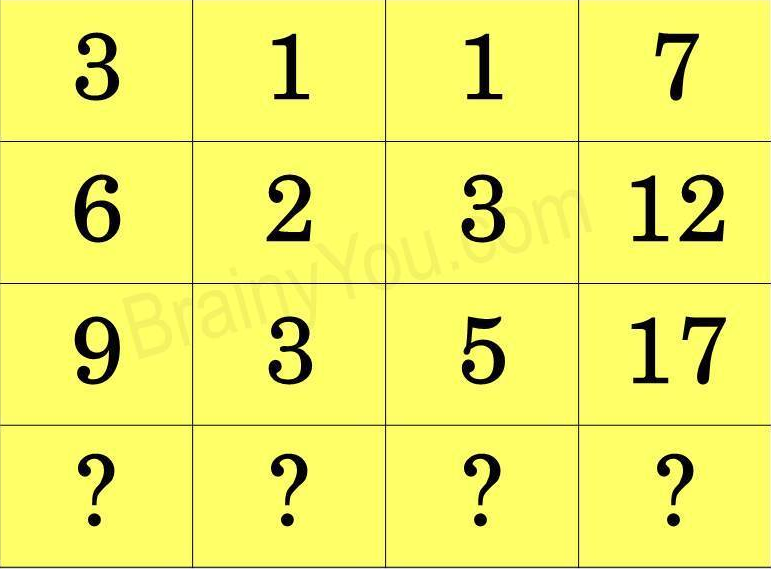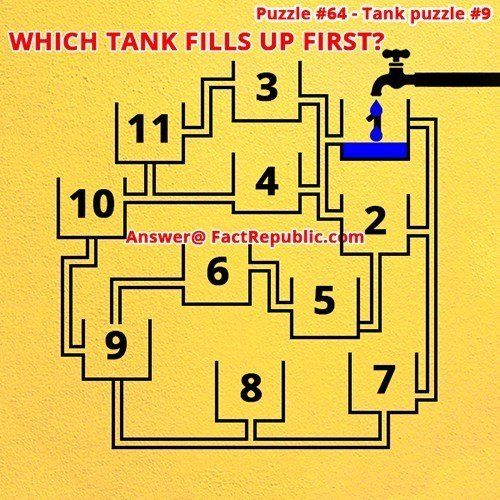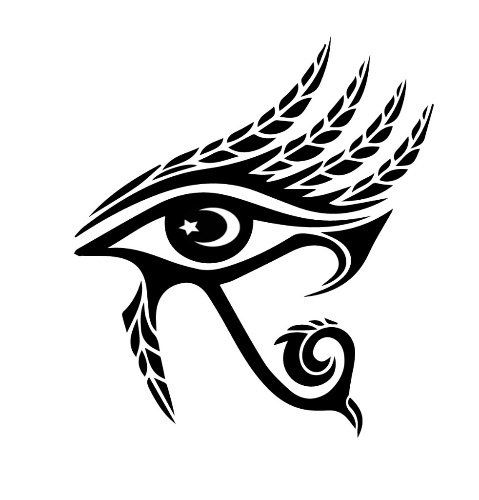Fibonacci’s Sequence is 1, 1, 2, 3, 5, 8, 13, 21, 34, 55, 89, 144 and to infinity. These numbers are a series of numbers that with every subsequent number is the sum of two preceding numbers. If you divide any of the numbers by the subsequent number you will get 1.618 which is Phi and also known as the Golden Ratio. The Golden Ratio appears throughout nature in every living organism.
Urban AZ Education
-
Urban AZ History
Photo By: John DoeLink to subsection -
Science
Photo By: John DoeLink to subsection

Slide title
Write your caption hereButton
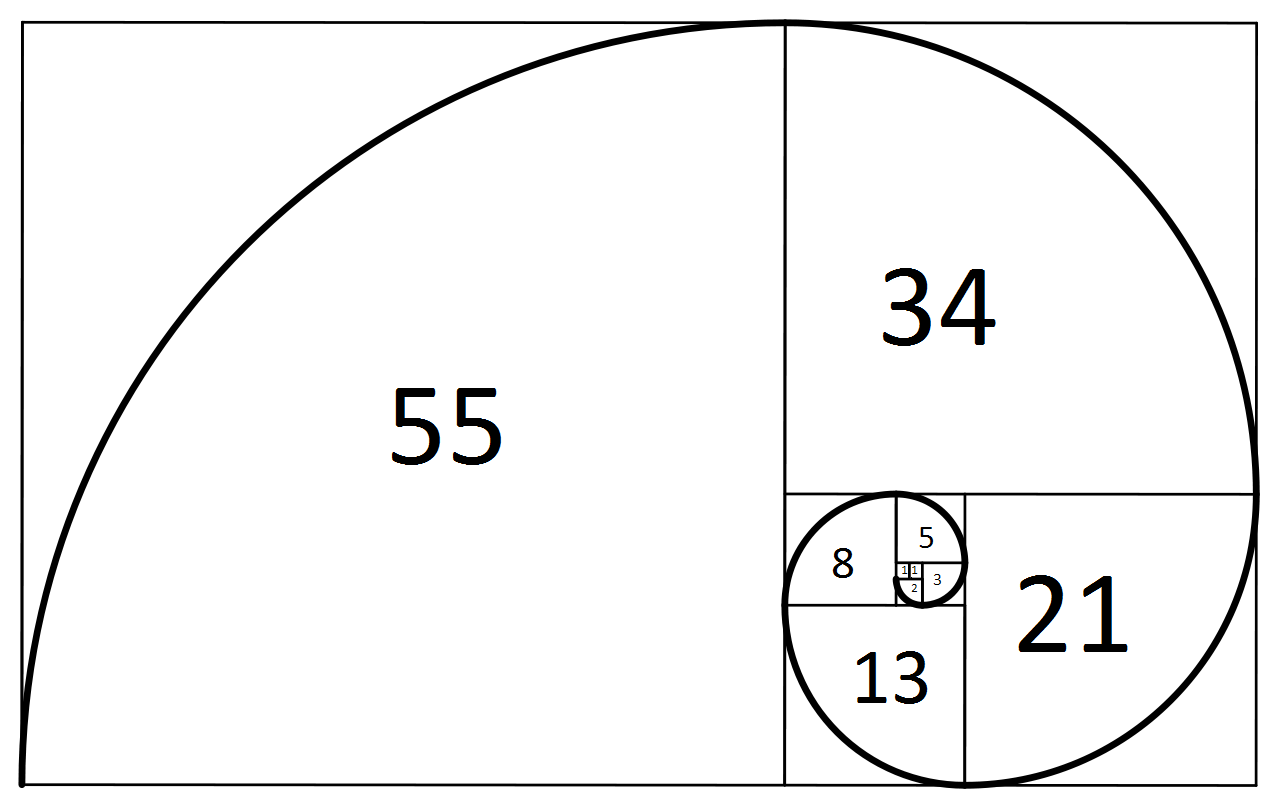

Phi also is known as The Golden Ratio was introduced to the West by Fibonacci an Italian mathematician. He discovered the Golden Ratio while traveling to India and Egypt, Africa. The Italian mathematician known as Fibonacci was actually born Leonardo da Pisa in 1175 to Guglielmo Bonaccio, a Pisan merchant.

Back then, Europe used Roman numerals for calculations. In order to process complex calculations, they used an abacus. An abacus is an oblong frame with rows of wires or grooves along which beads are slid, a prehistoric device used for calculating. Most merchants had to consult an expert to work out quantities and costs. Fibonacci traveled with his father through the Eastern Mediterranean and into North Africa. During their travels, he became acquainted with Arab and Indian mathematics and their system of numerals.
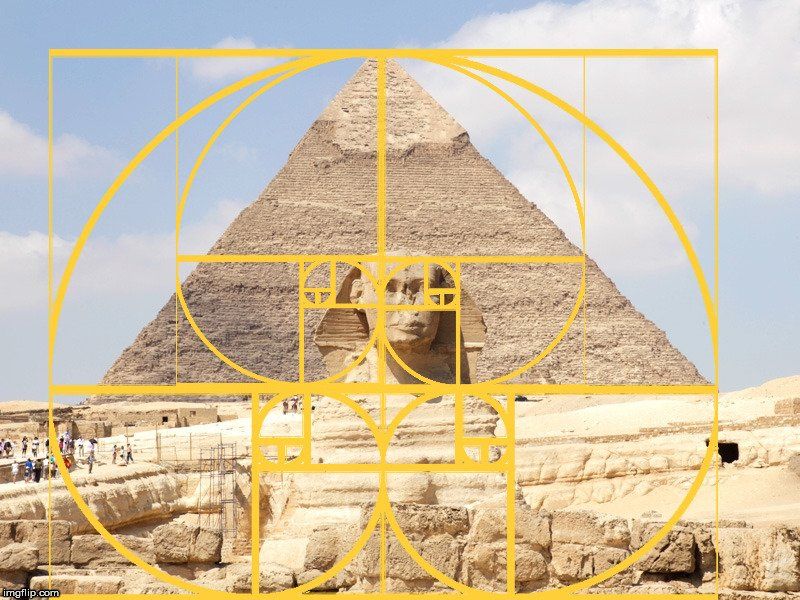
Egypt had very sophisticated math systems. The pyramids themselves are another inclination of the sophistication of Egyptian mathematics. The pyramids are the first structures to observe the Golden Ratio, The oldest mathematical text discovered was from ancient Egypt it is the Moscow Papyrus (2000-1800 B.C.E.). The Egyptians had another book called the Rhind Papyrus (1650 B.C.E.). These Egyptian math books have been renamed by Europeans.

The Rhind Papyrus got its name due to the fact that It was purchased by Alexander Henry Rhind after it was found during an illegal excavation by Caucasian Europeans who came to Cairo Egypt in 1858. The stolen knowledge renamed the “Rhind Papyrus” placed in the British Museum in 1864 by the estate of Henry Rhind. This scroll contains Instructions on arithmetic and geometry. It gives demonstrations of multiplication and division and how math problems were solved at that time. Fractions, composite and prime numbers, and first-order linear equations are also demonstrated in the Rhind Papyrus.

The Berlin Papyrus (1300 B.C.E). has in-depth instruction on how to solve second-order algebraic equations. The word Algebra is an Arabic word. Contrary to popular belief and blatant misrepresentation of historical facts, Egyptian Africans were a fundamental resource of education for the Europeans that are often given credit for “discovering” math and science such as Fibonacci and Pythagoras, This knowledge was not given to us by ancient aliens. It was given to us by our Kemet (Black African) ancestors. Our ancestors operated on the highest level of intellect.
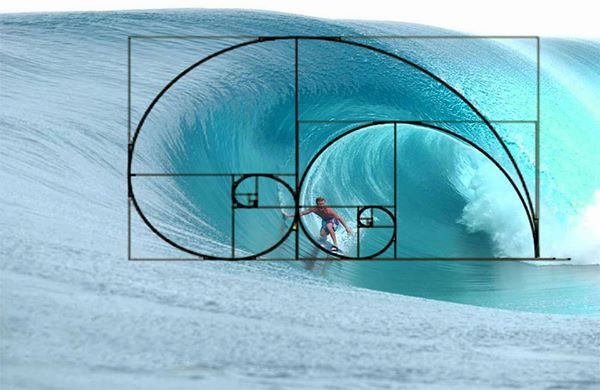
When Fibonacci returned to Pisa in 1202 he wrote his first book “Libre Abaci”. That introduced the numbers 0 through 9 to Europeans. The concept of zero meaning nothing was obscure to them. Only his fellow mathematicians could understand his book. It was beyond the comprehension of the average European. Fibonacci published a simplified version for merchants which revolutionized commerce, banking, and science.
Limiting HomeworkBy Dallas SalasOctober 15, 2019
Khan Academy
Starfall
Universal Cellphone & Repair.
Show Us Your Crack...We'll Fix It!
Free Cellphone Case & Screen/Glass Protector With Every Screen Repair
We have Chargers, Screen Protectors, Phone Cases and EarPods
Copyright © 2023, Urban AZ News Journal INC, Powered by Digital SEO INC.
